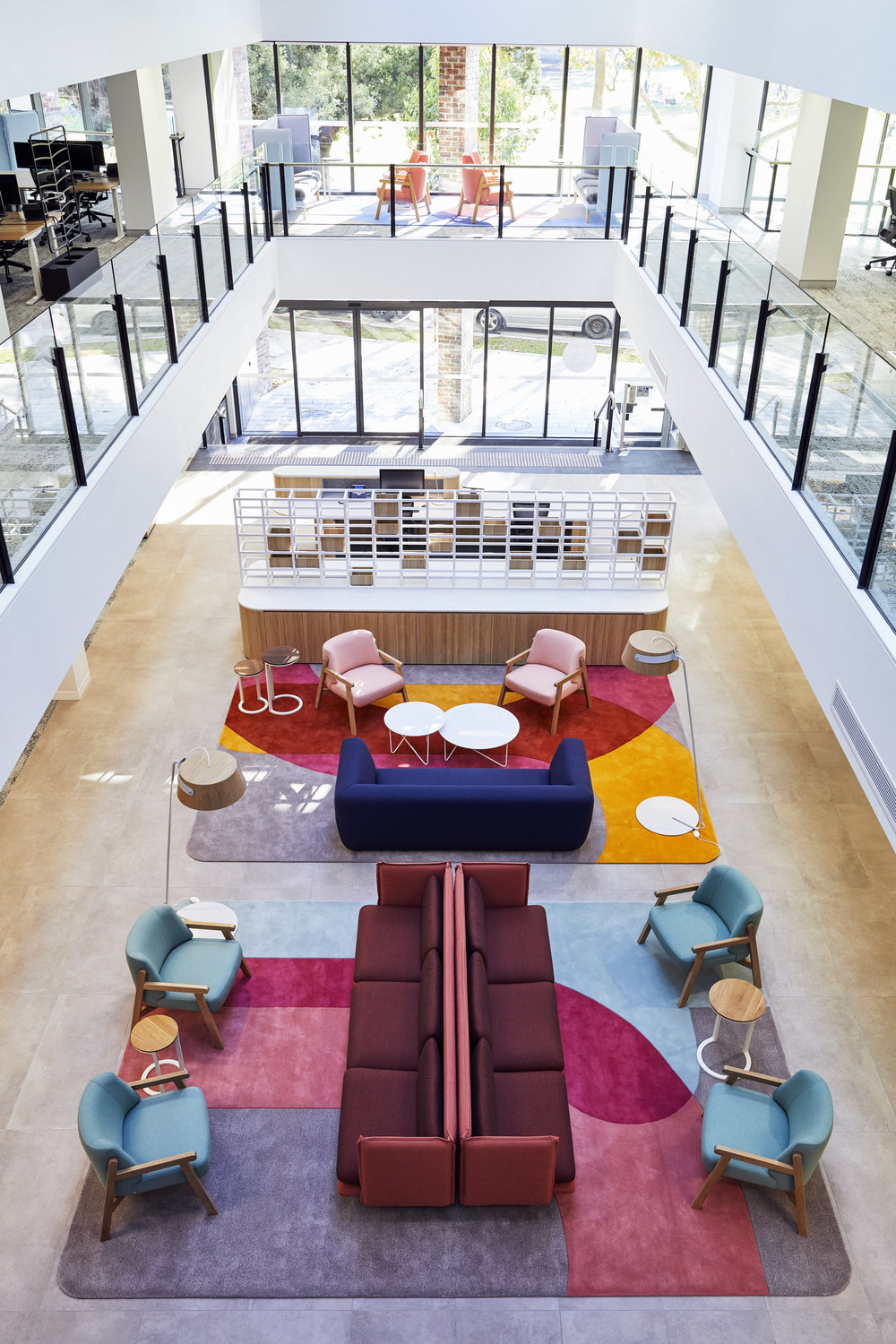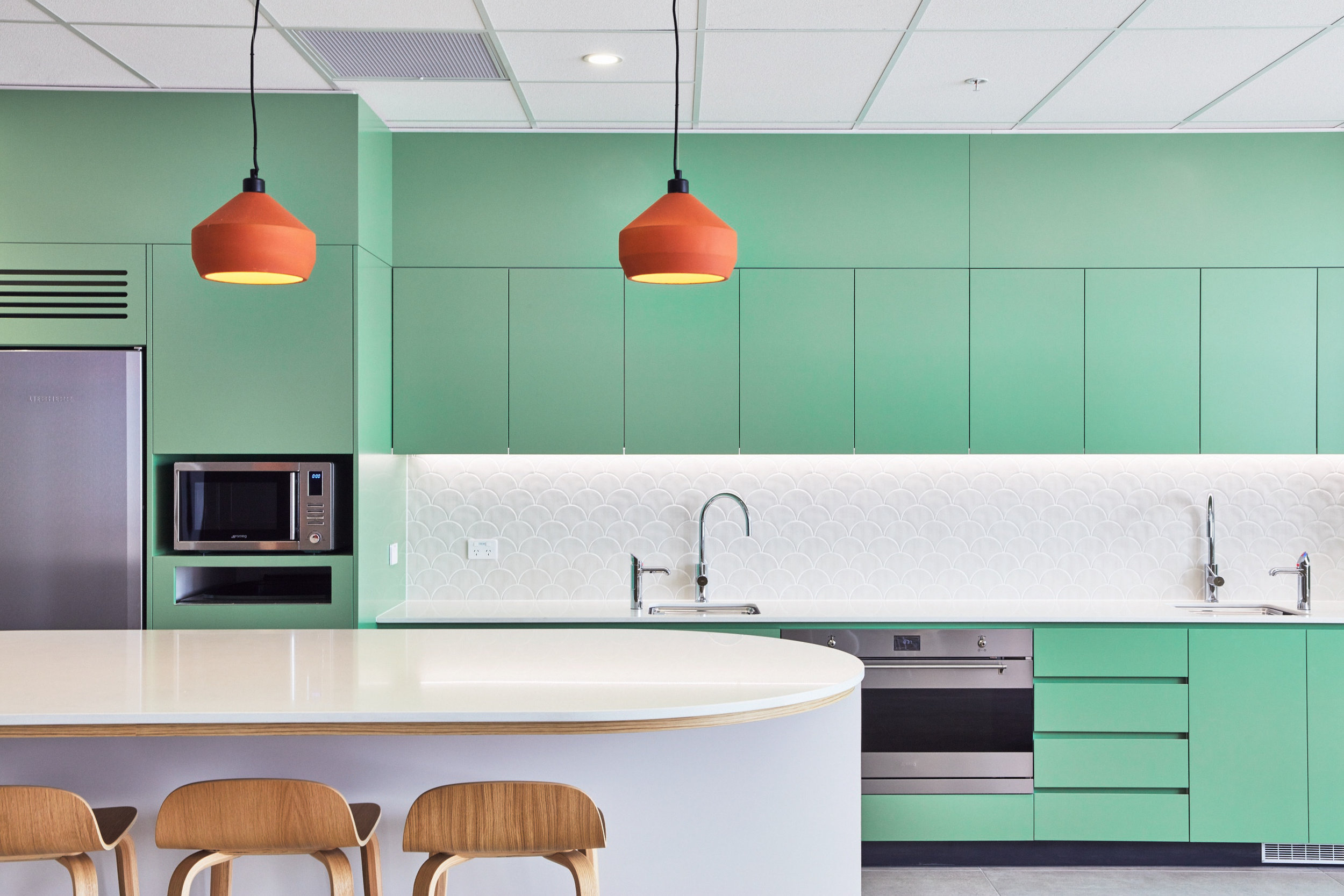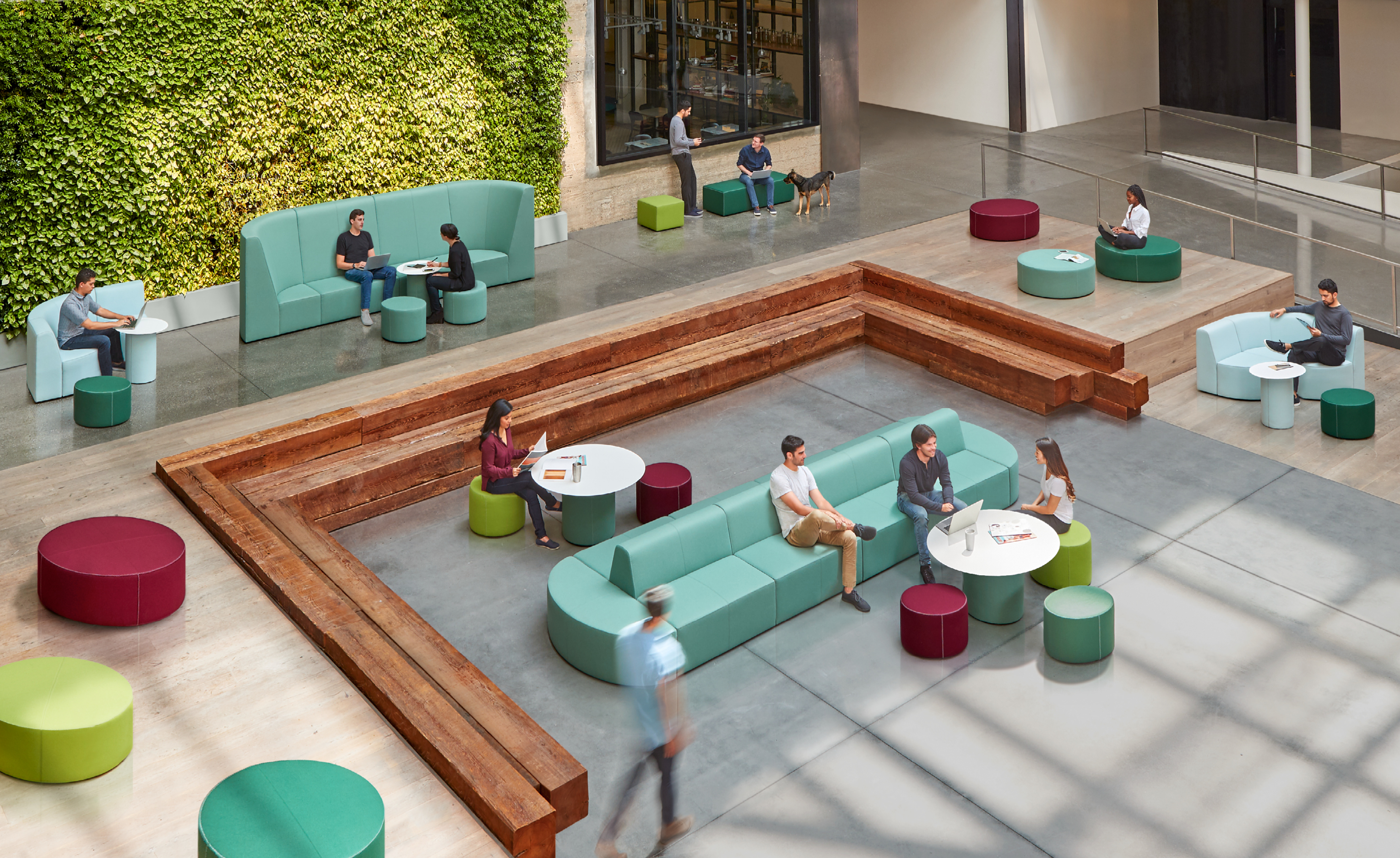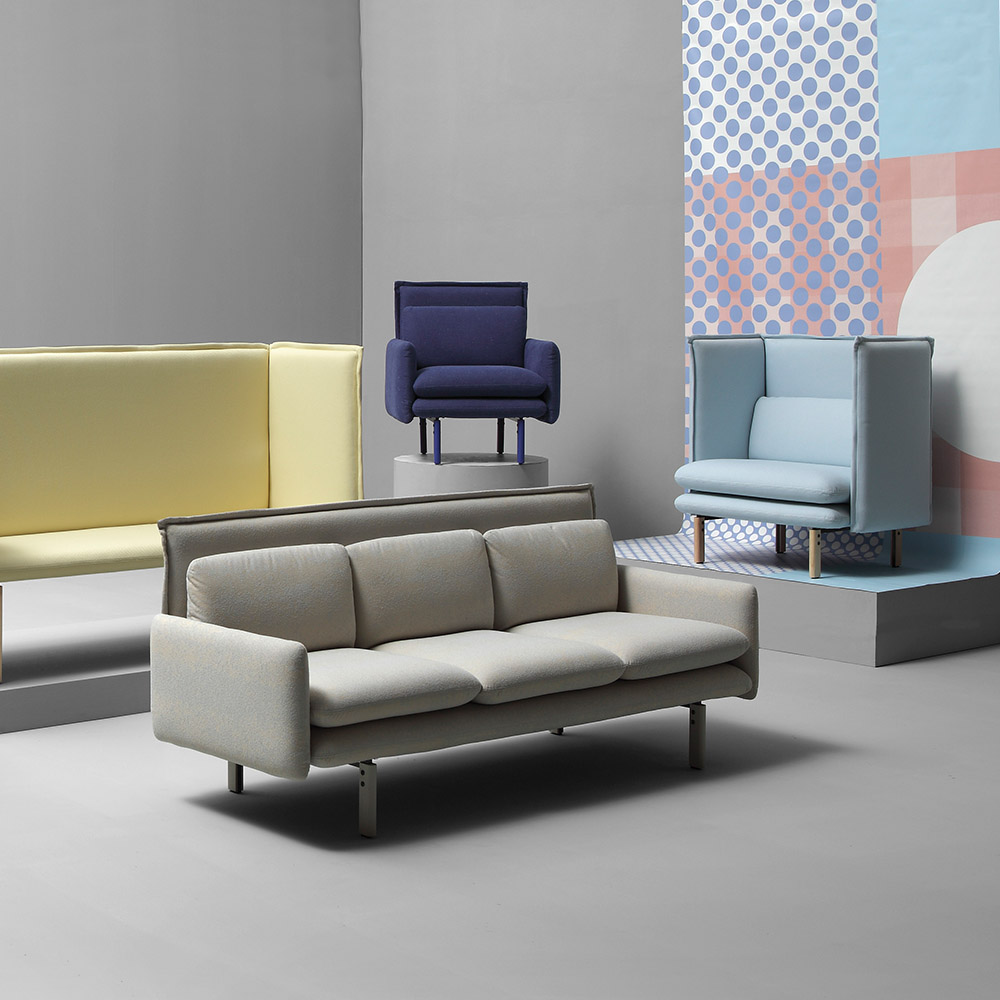GET 20% OFF
By subscribing to our newsletter
Angela Ferguson shares her insights on the contemporary workplace.
 What does the contemporary workplace look like?
What does the contemporary workplace look like?
The need to create workplaces where people want to spend time has seen them become more domestic in aesthetic, informality and amenity. With today’s more holistic approach to work and life, designers are taking cues from residential architecture to create workplaces that are comfortable, well-appointed and equipped, and support social interaction and quiet contemplation. We spoke to Angela Ferguson, managing director of Futurespace, about what the contemporary workplace looks like.
 The Benevolent Society by Futurespace.
The Benevolent Society by Futurespace.
“The world is also a very different place now than it was 10 years ago, let alone the 1950s when the ‘modern’ workplace started to take shape,” Angela says. “People are working longer hours and the boundaries between work, home and recreation are becoming more blurred. There can also be up to five generations cohabiting in workspaces now so there is a push towards environments being comfortable, nurturing and where people want to spend time.”
 The Benevolent Society by Futurespace.
The Benevolent Society by Futurespace.
Like at home, kitchens have become the heart and hub of workplaces – a place where employees can have informal meetings, engage socially or find a quiet space to work or read. “Well-equipped kitchens, large kitchen islands and dining tables provide the opportunity to prepare meals together, catch up over coffee, host a team event or enjoy a wine after work,” Angela says.
Designers are using durable and neutral material and creating warmth through tones and textures, such as tiles and timber – much like a kitchen at home. At Richard Crookes Construction, Futurespace designed a large, flexible and informal kitchen as one of the main features of the workplace for people to come together. “It is adjacent to the formal client meeting settings and as a visitor if you get invited there it is very special, like you are being invited into the family home,” Angela explains.
 Bernhardt Design’s Neighborhood
Bernhardt Design’s Neighborhood
Angela asserts that good ergonomics is one of the most critical factors in a design: “People don’t linger in spaces when the settings are physically uncomfortable and don’t support working on mobile devices.” In break-out and informal meeting areas, modular sofas, such as Bernhardt Design’s Neighborhood, provide an ergonomic and versatile solution for collaboration or social interaction. The sofas can be used or configured as needs require, and can also be used for focused work or quiet contemplation, which have become equally important in the contemporary workplace.
Quiet contemplative spaces are typically intended for one or two people and provide visual and acoustic privacy. They are smaller, cosier and mostly closed, with soft furnishings and materials providing the comfort of home. “It can be difficult to find peace and quiet in our busy working lives, so these spaces are also often low-tech to discourage people taking them over for everyday work,” Angela says. These spaces can be integrated into the interior design or architecture of a workplace, but specialist workplace furniture, such as Sancal’s REW (below), can also help serve this purpose. The REW sofas and chairs are available with high backs and sides that create a sense of enclosure and offer comfort and privacy.
End-of-trip facilities are also being provided to encourage and support employees to run or cycle to work or to exercise at lunchtime or post work. “A lot of building owners will also provide yoga or mediation to their tenants, so exercise rooms are being added on to end-of-trip facilities as well,” Angela says.
The design of a workplace can have positive or negative impacts on employee productivity, health and wellbeing. They have become a key element in attracting and retaining talent, and ultimately affect the culture and success of a company.
For more information about workplace furniture, drop by the KE-ZU showroom at Alexandria or view our products online.
- 2020
- 2019
- 2018
- 2017
- 2016
- 2015
- 2014
- 2013
- 2012
- 2011
- 2010
- 2009


